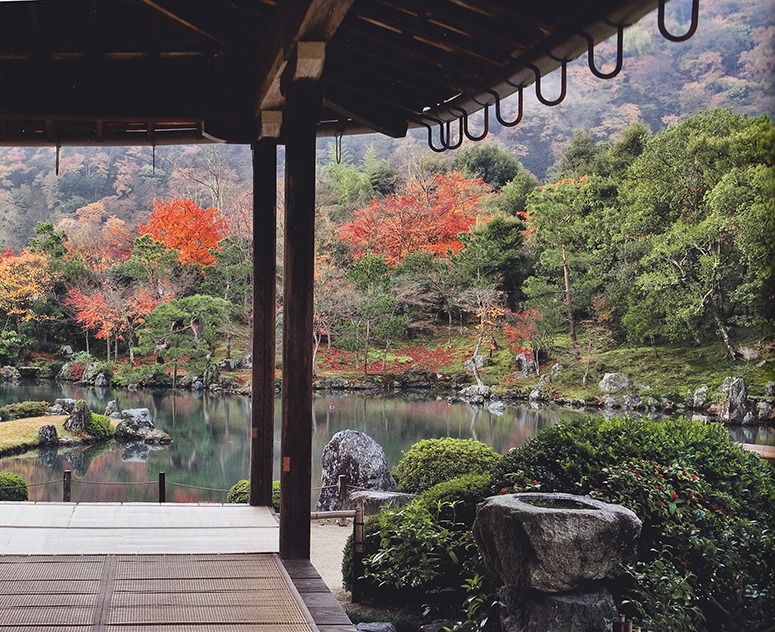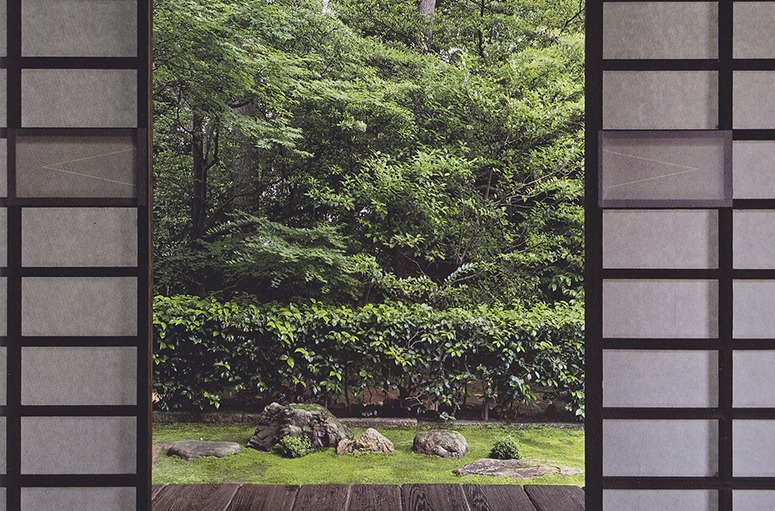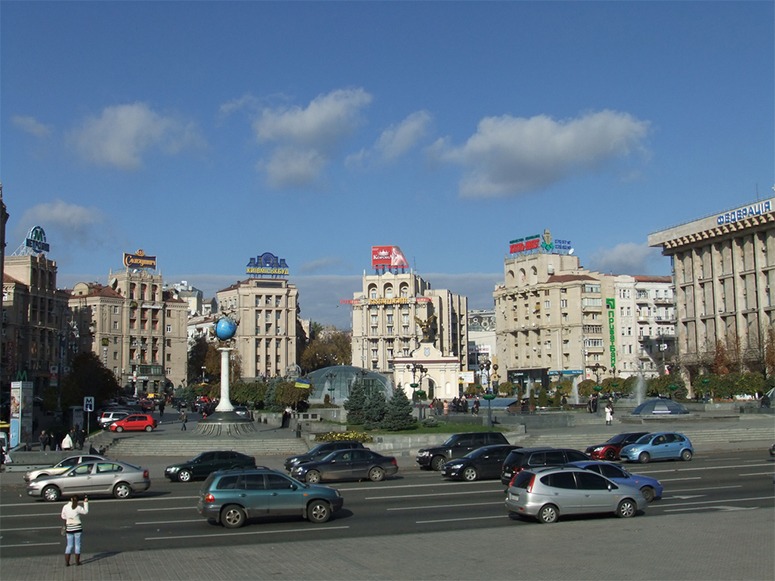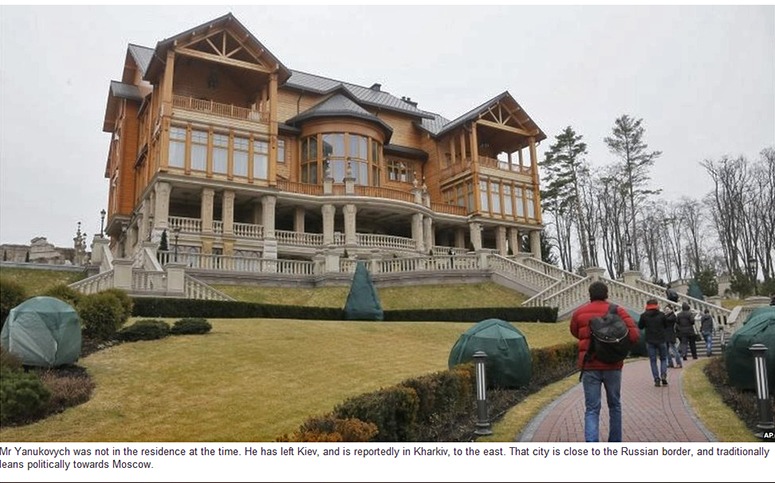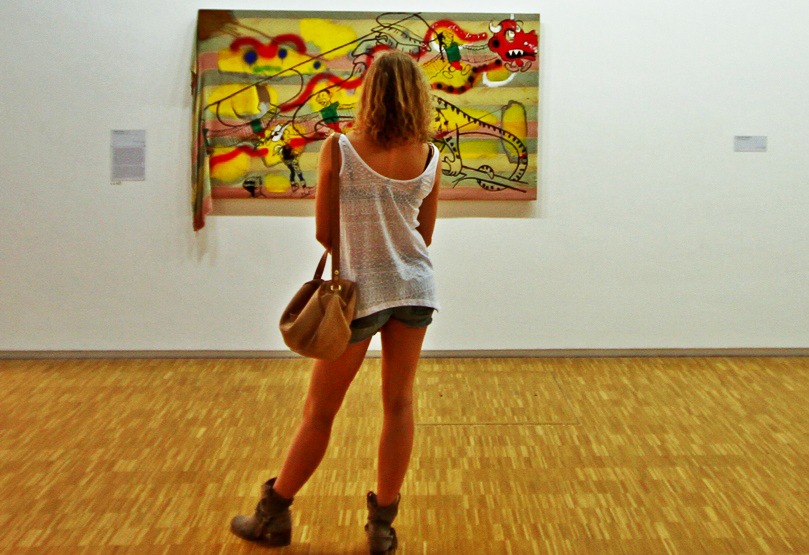This book has excellent photographs, by Alex Ramsay, and the inclusion of garden plans is most welcome. Kawaguchi writes with admirable clarity about Zen gardens – compared to those I have seen of the 1,926 books on Amazon returns for a search on Zen Gardens. Allen Weiss, for example, begins Zen Landscapes (2013) by stating that ‘The essential elements of the dry Japanese garden are few: rocks, gravel, moss’. Kawaguchi explains that this is not how ‘Zen garden’ is used in Japan: it simply means ‘the garden of a Zen temple’ and such gardens are not stylistically distinct from other Japanese temple gardens. So Weiss should have used kare-sansui or dry landscape in his book title. I would also complain if ‘Protestant’ was the adjective used, overseas, for the gardens of eighteenth century England. I therefore recommend Kawaguchi as the first book to read on Zen gardens. Yet there are some critical points to make. First, I would like the introduction to have said more about the principles of Buddhism, the distinct characteristics of Zen Buddhism and the relationship between Buddhism and gardens. Second, the plans lack contours and, to my eye, look too English. Third, I would like the points made to have had bibliographic references. I do not think this would have spoiled the book design and I do not think it would have mattered if the references were to Japanese publications which English readers cannot follow.
Part One of the book gives a historical overview of the gardens made for Japanese Zen temples. The first such temples are dated to the thirteenth and fourteenth centuries (while the first Buddhist gardens in Japan date from the sixth century). The influence of Chan Buddhism, from China, which became Zen Buddhism in Japan, is associated with the Emperor Kameyama. He abdicated at the age of 24, in 1274, and became a Buddhist monk in 1289 and the abbot of Nanzen-ji. Ryoan-ji, which fascinates visitors and provides foreigners with their image of a ‘Zen garden’, is a mystery. Little is known of its date or its symbolism: ‘it is almost as though visitors to the temple have needed to be reassured that the garden is indeed a work of genius rather than a case of humbug’ (p.61). Kawaguchi also discusses the influence of Zen on twentieth century gardens, notably in the work of Shigemori Mirei.
Part Two of the book reviews the symbols and motifs used in Zen gardens. Many have Buddhist roots and many do not. The view from Shinju-an (illustrated below) uses symbols drawn from the beliefs of pre-Buddhist Japan: Shinto. Other symbols come from Daoism and China, including the turtle, the crane and the islands of the immortals.
My view is that it is pity to make either ‘Japanese gardens’ or ‘Zen gardens’ without the understandings of ideas and symbols which Kawaguchi provides. To state a tautology: the gardens of Zen temples are temple gardens.

